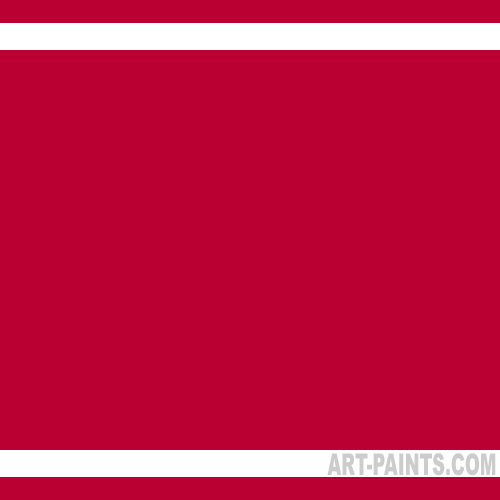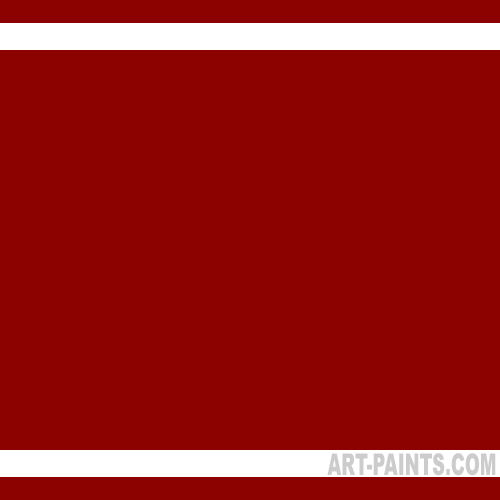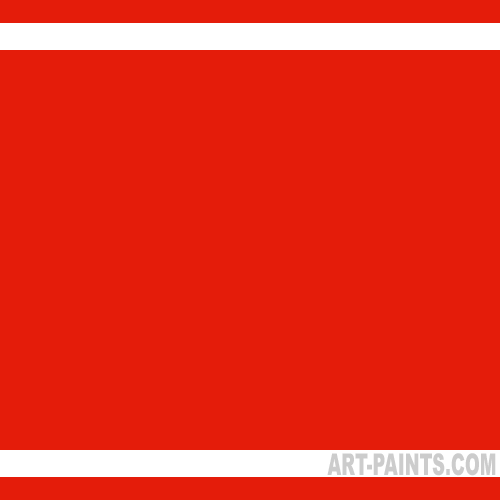Like many gemstones, the ruby can vary a great deal in color and saturation. Rubies range from pink to a deep, vivid red called pigeon blood red. If you’re painting calls for ruby red, there’s a number of choices you can add to your palette to capture the essence of one of nature’s beautiful stones. Ruby is a cool, blue red color that does not have any yellow or orange undertones.
The red family of pigments is one that has undergone a major reshaping with the technological improvements that started with synthetic compounds and the development of paints for industrial use. Modern research has expanded the available color choices, and the new formulations have great depth of tone. These formulations have a high chroma level, and the saturation of color is very intense. The hues are cleaner, they have more depth of tone and the pigments are far more permanent than past generations of paint.
Quinacridone Red And Quinacridone Magenta
First, we need to provide a little history about this line of colors. Rose Madder is the commercial name given to a paint made from Madder Lake, which is a vegetable dye pigment. The plant-based dye has been used for decoration for thousands of years. Unfortunately, this organic pigment is fugitive. That means that it will fade or darken over time, so it is not an appropriate paint for a serious artist.
Alizarin Crimson, a synthetic substitute, was developed in the latter part of the 19th century to replace the fugitive Madder. Unfortunately, this formulation is less than permanent, although it does fall within the acceptable range of permanence.
In 1958, DuPont developed the Quinacridone pigments. These colors are synthetic pigments that are light and weather fast. Artists who are looking for rich, blue-reds that will maintain their deep saturated color should choose Quinacridone paints in lieu of their fugitive cousins.
Anthraquinone Red
This deep, intense color is the quintessential pigeon blood red seen in the most valuable dark rubies. If this name doesn’t sound too familiar to you, it’s because it is a modern replacement for Alizarin Crimson. While many artists have switched to the Quinacridone paints, the leap to Anthraquinone has been less robust.
Pyrrole Rubine (Red)
This rich ruby color is semi-transparent, so it has better covering power. However, if you’re going for a translucent appearance, this paint has a deeper, richer masstone that may be a little heavy. Use this paint for underpainting or thicker applications, and save the truly translucent hues for glazing.
The hues described here may not be the most popular names, and not every manufacturer includes all of these colors in their inventory. Each company has its own recipes for colors, and you will see slight variances between brands. If you’ve always been a fan of Alizarin Crimson, you may have a bout of self-pity at the thought that your favorite red is doomed to fade or turn brown.
Buck up, little artist, and give a new color a try. If you’re not enamored of your first choice, try another brand or choose another hue. You’re sure to find a color, texture and price that suits you. There are quite a few ruby shades from which to choose, and you’ll be painting Judy’s slippers with the perfect colors in no time.


